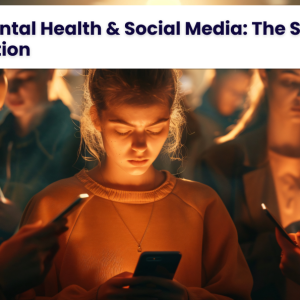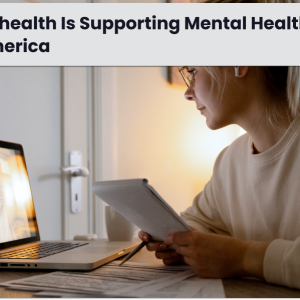
How to Access Mental Health Services in Canada and the USA
Accessing mental health services in Canada and the USA is vital for individuals seeking support for their well-being. Both countries offer a range of resources and services, though the healthcare systems differ significantly. This blog will provide an overview of how to access mental health services in Canada and the USA, including information on healthcare coverage, finding professionals, and available resources.
Accessing Mental Health Services in Canada
- Public Healthcare System
- Family Doctors and Referrals
- Online and Telehealth Options
- Community Support Services
Canada’s healthcare system, known as Medicare, is publicly funded and covers essential healthcare services for its citizens and permanent residents. Mental health services are covered under provincial and territorial health care plans to some extent, but coverage can vary depending on the province.
In most provinces, visits to a family doctor, psychiatrist, or hospital for mental health treatment are covered. However, services provided by psychologists, social workers, and counselors may not be covered unless you have additional private insurance.
The first step to accessing mental health services in Canada often begins with your family doctor. They can assess your mental health needs and refer you to specialists, such as psychiatrists, who are covered under the public system. Psychiatrists can provide therapy and prescribe medication, but wait times can be long due to high demand.
For less severe cases, your family doctor may recommend seeing a psychologist or counselor. While their services are not always covered by Medicare, many employers offer Employee Assistance Programs (EAPs) that include counseling services. In some provinces, like Ontario, community health centers provide free or low-cost mental health services to people without private insurance.
With the rise of telehealth, Canadians can now access mental health services remotely. Many provinces offer virtual mental health services through government programs, such as BounceBack in Ontario and British Columbia, which provides free access to mental health coaching for anxiety and depression.
Online therapy platforms, such as MindBeacon and Inkblot, are also available in Canada. These services often involve fees, but some insurance plans or government programs may cover them.
Canada also has a wealth of community-based mental health support organizations. National organizations like The Canadian Mental Health Association (CMHA) offer counseling, peer support, and educational programs in various regions. Community health centers and crisis lines, like Kids Help Phone and Wellness Together Canada, are additional free resources that offer immediate assistance and support.
Key Differences Between Canada and the USA
One of the main differences between Canada and the USA when accessing mental health services is the role of public funding. In Canada, many mental health services are covered by the public system, though there may be long wait times for specialist care. In contrast, the USA relies heavily on private insurance, meaning those without coverage may face significant financial barriers to care.
However, both countries offer various community resources, online options, and crisis intervention services that provide vital support to individuals in need. Telehealth has also emerged as a powerful tool in both countries, allowing people to access care remotely, which can be particularly helpful for those living in rural or underserved areas.
Final Thoughts
Whether you live in Canada or the USA, mental health services are available to help you manage mental health challenges. It’s important to explore the options available in your country and seek support when needed. Don’t hesitate to reach out to your healthcare provider, use online resources, or connect with community services for assistance in navigating the mental health care system.
By understanding the systems in place, you can take proactive steps toward improving your mental health and well-being.





